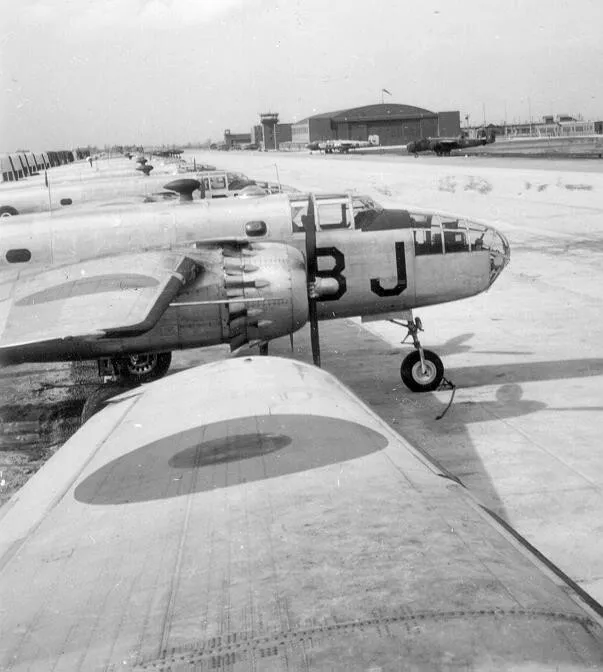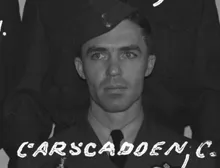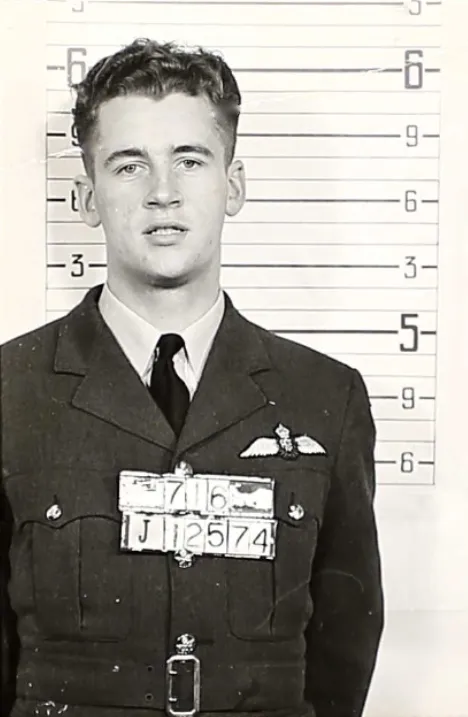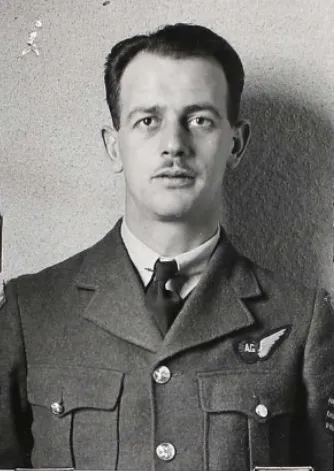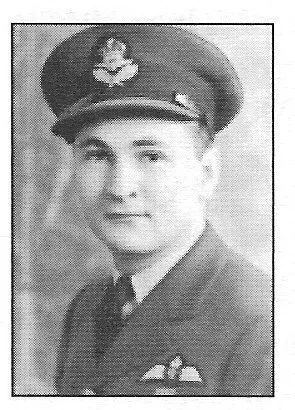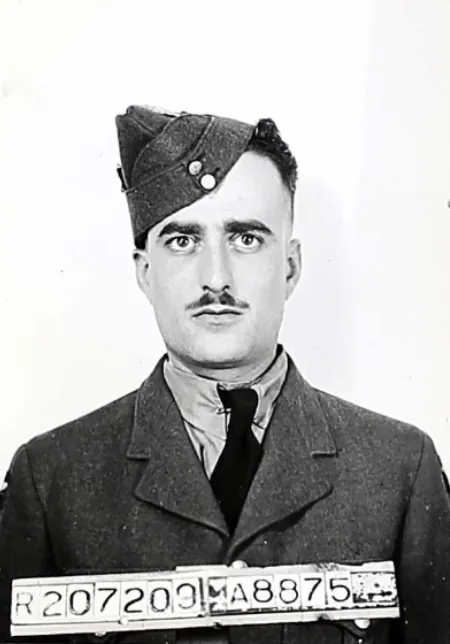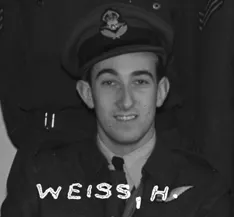Niemi, Harold John (Sergeant)
Killed in Flying Accident 1945-February-04
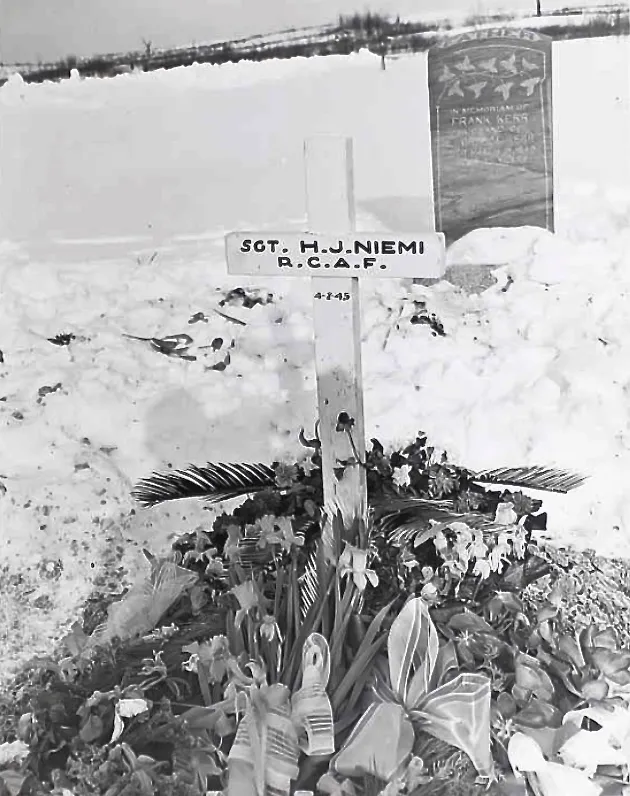

Birth Date: 1920
Born:
Parents: Son of Esa and Albertina Niemi. of Malartic.
Spouse:
Home: Malartic, Quebec
Enlistment:
Enlistment Date: unkown date
Service
RCAF
Unit
5 OTU- Operational Training Unit
Base
Abbotsford, British Columbia, Canada
Rank
Sergeant
Position
electrician
Service Numbers
R/117196
Home
Crew or Other Personnel
Liberator EW134
Accident Card - Consolidated Liberator B. Mk. VI serial:EW134
This accident involved 1 aircraft on 1945-February-04. Liberator s/n EW134.
This accident involved 7 people. Beveson WG, Carscadden CH, Maynard RE, Niemi HJ, Schneeberger W, Therien JL, Weiss HS
This accident had 7 fatalities. Flying Officer Walter Schneeberger RCAF Killed in Flying Accident service no:J/28601 Liberator EW134, Pilot Officer Joseph Jean Leon Therien RCAF Killed in Flying Accident service no:J/47056 Liberator EW134, Sergeant Harold John Niemi RCAF Killed in Flying Accident service no:R/117196 Liberator EW134, Flight Lieutenant Walter George Deveson RCAF Killed in Flying Accident service no:J/12574 Liberator EW134, Pilot Officer Herbert Stanley Weiss RCAF Killed in Flying Accident service no:J/47055 Liberator EW134, Flight Lieutenant Roy Edward Maynard RCAF Killed in Flying Accident service no:J/23453 Liberator EW134, Squadron Leader Cyril Hudson Carscadden RCAF Killed in Flying Accident service no:J/2968 Liberator EW134
Liberator serial: EW134
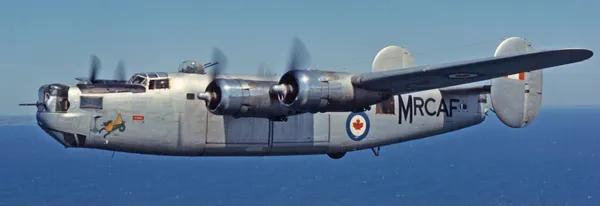
Consolidated Liberator G.R. Mk. VIII, RCAF (Serial No. 11130) ex-USAAF Consolidated (Vultee) B-24L Liberator USAAF (44-50154)
ex-RAF (Serial No. 5009), ex-Indian Air Force (Serial No. HE773).
Currently preserved in the Canada Aviation and Space Museum Ottawa Ontario.
The Consolidated B-24 Liberator was an American heavy bomber flown by the RCAF during the Second Word War. It was designed with a shoulder-mounted, high aspect ratio Davis wing which gave the Liberator a high cruise speed, long range and the ability to carry a heavy bomb load. Early RAF Liberators were the first aircraft to cross the Atlantic Ocean as a matter of routine. In comparison with its contemporaries the B-24 was relatively difficult to fly and had poor low speed performance; it also had a lower ceiling compared with the Boeing B-17 Flying Fortress. Of the roughly 18,500 B-24s built in the USA during the war, 148 were flown by the RCAF on long range anti-submarine patrols, with the B-24 serving an instrumental role in closing the Mid-Atlantic gap in the Battle of the Atlantic. The RCAF also flew a few B-24s post war as transports.
Roughly half of all (RAF) Liberator crews in the China-Burma-India (CBI) Theatre were Canadian by the end of the war. John Muir of Vancouver flew the longest mission of the war: 24hrs, 10mins from Ceylon to Burma and back. (Kyle Hood) Harold Skaarup web page
Aircraft Images
Liberator EW134
Liberator B. Mk. VI EW134
Ex USAAF B-24J-20-CF, serial number 42-99820. With No. 5 Operational Training Unit at RCAF Stations Boundary Bay and/or Abbotsford, BC. Coded "G". Category A crash on Thorn Hill, near Whonnock, BC (12 miles north-west of Abbotsford, on the Fraser River) on 4 February 1945. 7 fatalities. To No. 3 Repair Depot on 8 February 1945 for write off.1944-04-13 Taken on Strength Western Air Command 2019-08-20
1945-February-04 Accident: 5 Operational Training Unit Loc: Whennock British Columbia Names: Beveson | Carscadden | Maynard | Niemi | Schneeberger | Therien | Weiss
1945-03-14 Struck off Strength 2019-08-20
Unit Desciption
5 OTU (5 Operational Training Unit)
The Operational Training Unit (OTU) was the last stop for aircrew trainees. They spent 8 to 14 weeks learning to fly operational aircraft (Hawker Hurricane or Fairey Swordfish, e.g.). The instructors had experience in actual operations, and often were posted to OTUs after their operational tour.